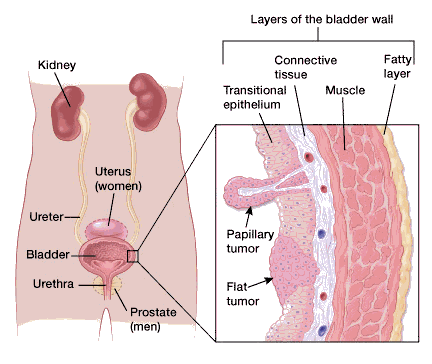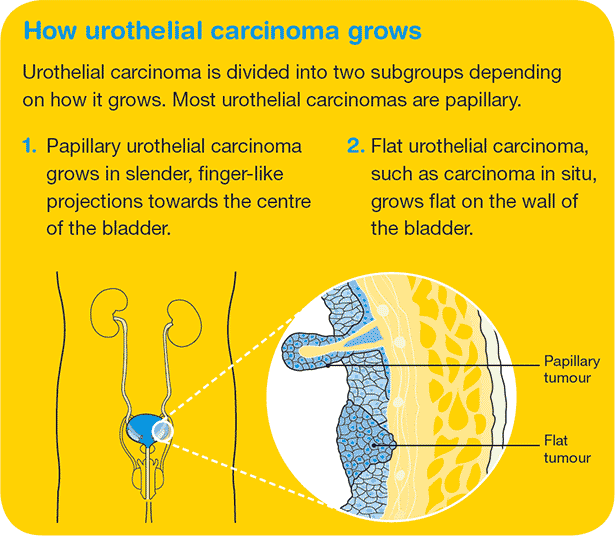A non-cancerous condition is when there is a change to bladder cells. Cancer that starts in the bladder is called bladder cancer.
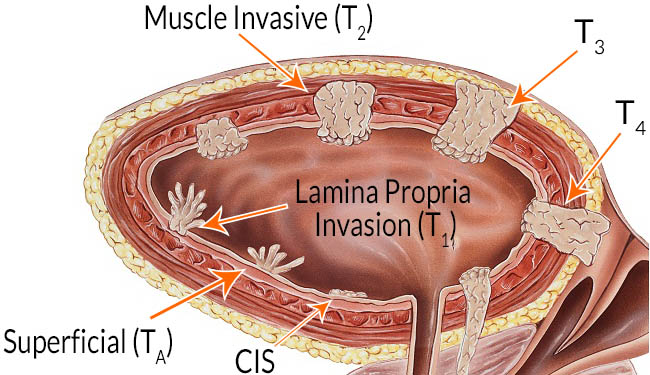
Bladder Cancer Overview Symptoms Diagnosis Treatment
What happens if bladder cancer spreads to the lungs.

What happens to the cells in bladder cancer. Non-cancerous tumours and conditions do not spread metastasize to other parts of the body. When cells of the bladder grow abnormally they can become bladder cancer. There are different types of bladder cancer.
Other factors such as the size of the tumor how fast the cancer cells are growing grade and a persons overall health and preferences also affect treatment options. 1-3 Bladder cancer can be treated in many different ways. If your cancer returns after 6 months and is small you may be offered a treatment called fulguration.
This can lead to jaundice discolored urine and abdominal pain and swelling. If bladder cancer spreads to the liver it can make it difficult for the liver to produce bile break down fat cells and filter toxic substances out of the body. Most cases of bladder cancer appear to be caused by exposure to harmful substances which lead to abnormal changes in the bladders cells over many years.
Treating stage 0 bladder cancer. This is a summary of the state of bladder cancer in the US along with summaries of two recent bladder cancer research studies using Lifeline Normal Human Bladder Epithelial Cells. A person with bladder cancer will have one or more tumors in hisher bladder.
The bladder is where the body stores urine before it leaves the body. Tobacco smoke is a common cause and its estimated that more than 1 in 3 cases of bladder cancer are caused by smoking. Bladder cancer is caused by cells that mutate change and begin to grow in an uncontrolled way.
Stage 0 bladder cancer includes non-invasive papillary carcinoma Ta and flat non-invasive carcinoma Tis or carcinoma in situ. This involves using an electric current to destroy the cancer cells. BCG causes the immune system to act against cancer cells in the bladder.
A non-cancerous benign tumour of the bladder is a growth that starts in the lining or other tissues of the bladder. There are a few risk factors that raise the chances of TCC including. Non-muscle invasive BCG refractory bladder cancer doesnt seem to react to immunotherapy.
In all three types of stage 3 bladder cancer the cancer cells have not spread to the lymph nodes near the bladder N0 and they have not spread to other parts of the body. In 2015 the American Cancer Society predicts that 74000 people will be diagnosed with this disease. Transitional cell carcinoma happens in the inside lining of the bladder the urethra and ureters.
Bladder cancer is the 9 th leading cause of cancer in the US. Bladder cancer starts in the cells of the bladder. Bladder cancer begins when abnormal cells in the bladders inner lining grow and divide in an uncontrolled way.
People with intermediate-risk non-muscle-invasive bladder cancer should be offered a course of at least 6 doses of. They are not cancer and are not usually life-threatening. This makes it hard for the body to work the way it should.
Urine is what we call the liquid waste made by the kidneys. It can be very helpful in treating non-muscle invasive bladder cancer before it has grown deep into the tissue. Intermediate moderate risk early bladder cancer.
The tumour can also spread metastasize to other parts of the body. Urothelial carcinoma formally known as transitional cell carcinoma is the most common form of bladder cancer 80-90 and starts in the urothelial cells in the bladder walls innermost layer. The cells mimic regular cells and open up when the bladder is full and squeeze back together when there is nothing in the bladder.
The bladder is part of the urinary system. A cancerous malignant tumour is a group of cancer cells that can grow into nearby tissue and destroy it. It is also being studied in other types of cancer.
When a Cancer cell is killed or dies an immune response occurs. In a bladder tumor that is stage T3a or stage T3b the bladder cancer cells have grown into the layer of fatty tissue that surrounds the outside of the bladder. It starts when cells in the bladder grow out of control and crowd out normal cells.
Cancer cells can spread to other parts of the body. The tumor can be removed with surgery and treatments such as chemotherapy and radiation therapy can be used to help kill any remaining cancer cells and to keep new cancer cells from growing. This means many things are happening that are involved with the immune system.

How We Diagnose Bladder Cancer Dana Farber Cancer Institute Boston Ma

Definition Of Stage Iii Bladder Cancer Nci Dictionary Of Cancer Terms National Cancer Institute

Bladder Cancer Types Symptoms Diagnosis Treatment Md Anderson Cancer Center
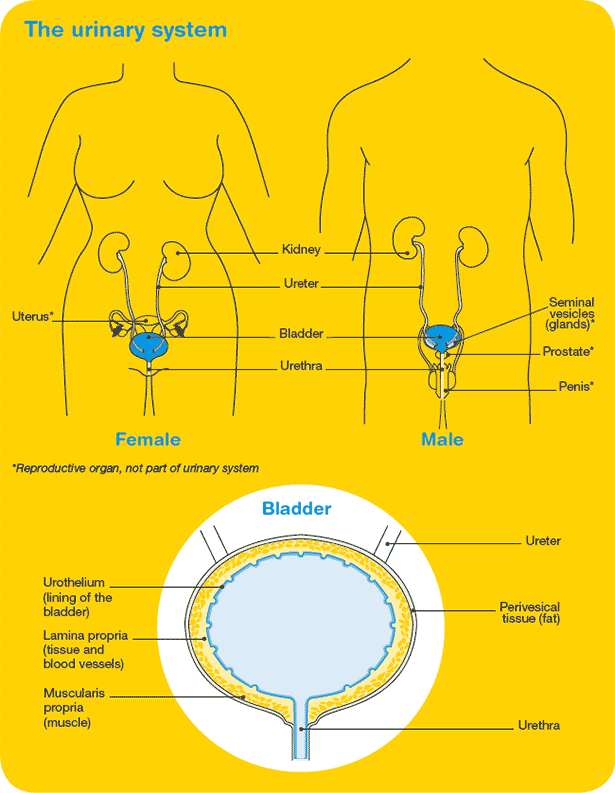
Bladder Cancer Overview Cancer Council Victoria
-with-Tumors.jpg)
Patient Resource Publishing Bladder Cancer Staging

Bladder Cancer Treatment Pdq Patients Siteman Cancer Center
Staging And Grading Of Bladder Cancer Macmillan Cancer Support

Bladder Cancer Guide Causes Symptoms And Treatment Options
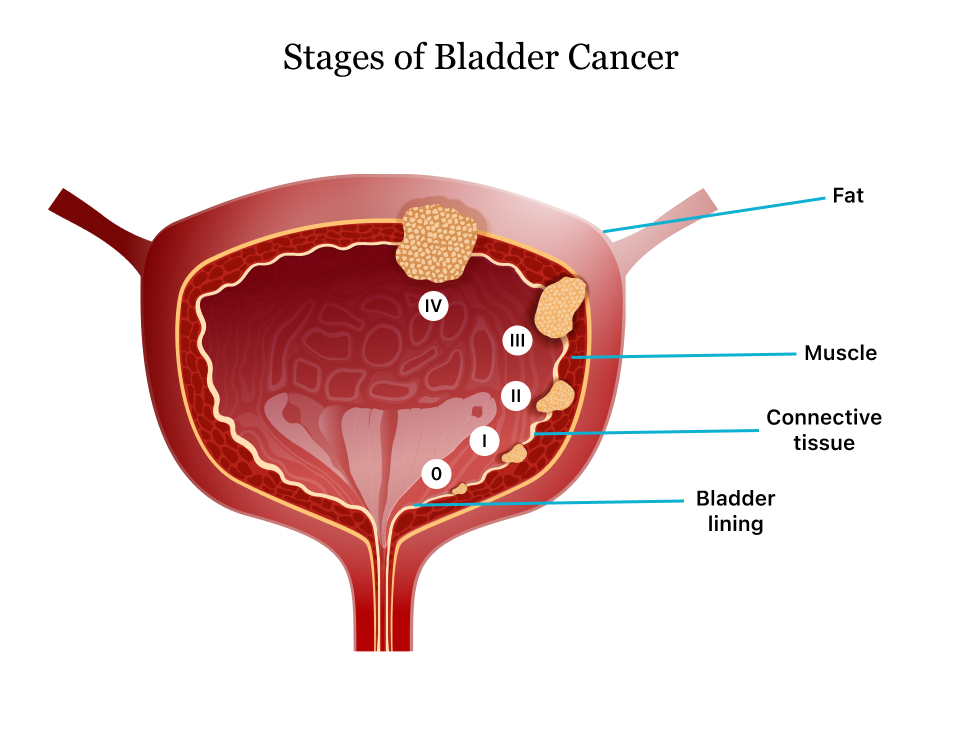
Bladder Cancer Symptoms Causes Survival Rate And Treatment

Bladder Cancer Treatment Bladder Cancer Pictures Signs Symptoms To Better Understand Diagnosis Cleveland Oh University Hospitals
/bladder-biopsy-4801179-v2-a858dc0c77724b509b576dbee5cb4cd9.png)
Understanding Your Bladder Biopsy

Bladder Cancer Symptoms And Treatments You Need To Know
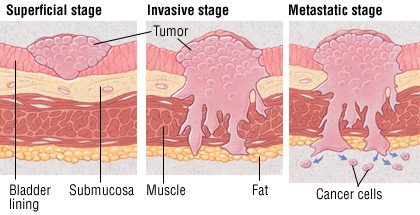
Bladder Cancer Guide Causes Symptoms And Treatment Options
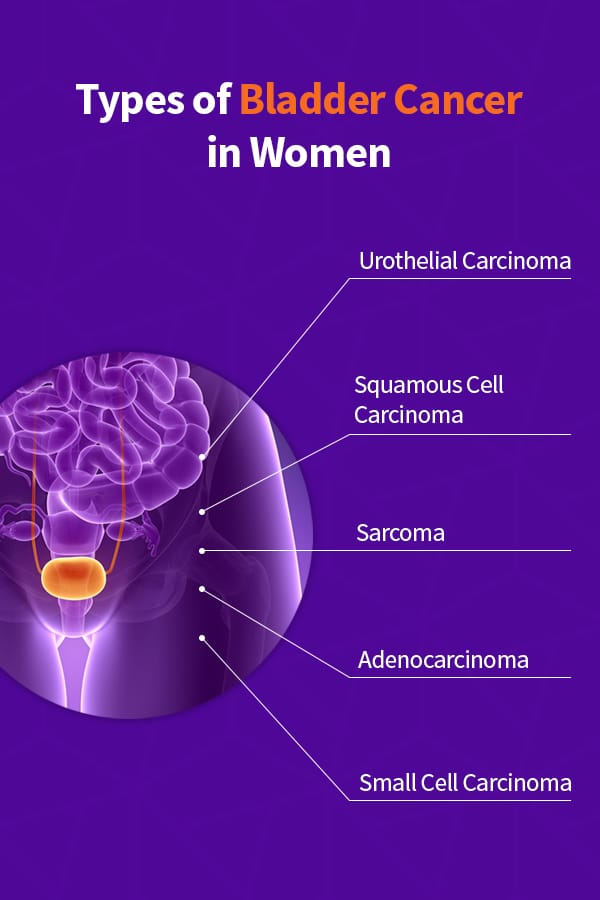
Bladder Cancer In Women Symptoms Risk Factors Treatment Cxbladder
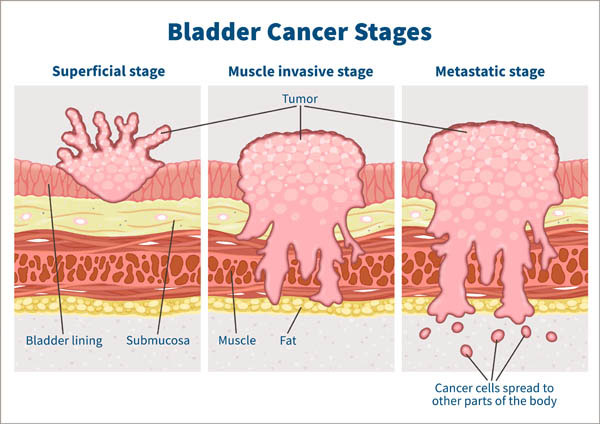
Bladder Cancer Survival The Importance Of Early Detection Cxbladder
